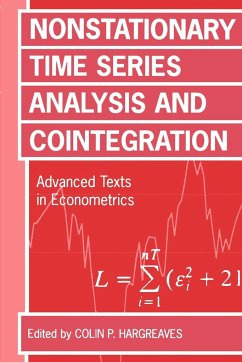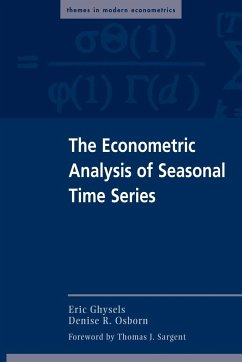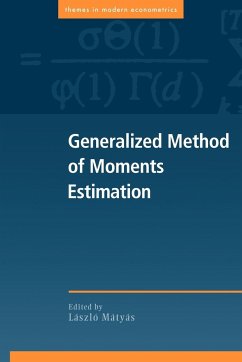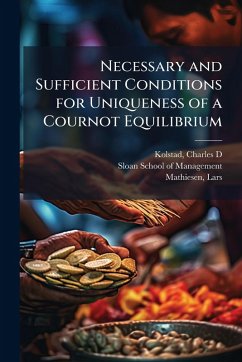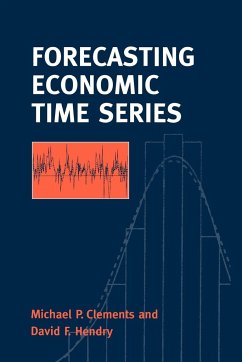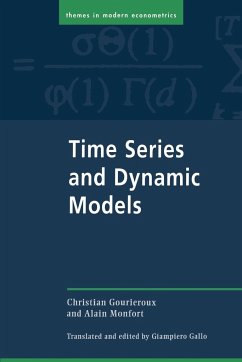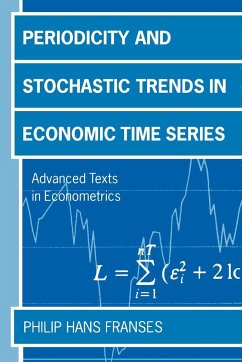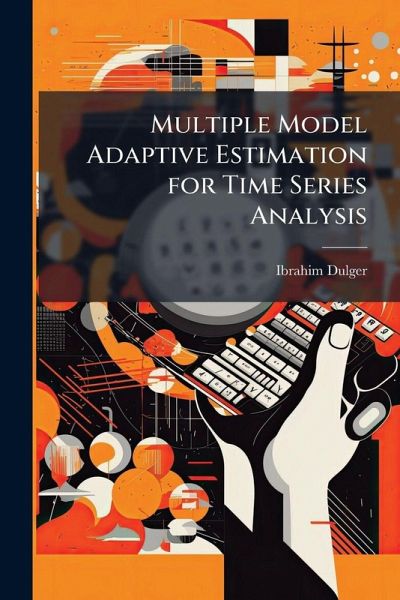
Multiple Model Adaptive Estimation for Time Series Analysis
Versandkostenfrei!
Versandfertig in über 4 Wochen
18,99 €
inkl. MwSt.
Weitere Ausgaben:

PAYBACK Punkte
9 °P sammeln!
Multiple Model Adaptive Estimation (MMAE) is a Bayesian technique that applies a bank of Kalman filters to predict future observations. Each Kalman filter is based on a different set of parameters and hence produces different residuals. The likelihood of each Kalman filter's prediction is determined by a magnitude of the residuals. Since some researchers have obtained good forecasts using a single Kalman filter, we tested MMAE's ability to make time series predictions. Our Kalman filters have a dynamics model based on a Box-Jenkins Auto-Regressive Moving Average (ARMA) model and a measure mode...
Multiple Model Adaptive Estimation (MMAE) is a Bayesian technique that applies a bank of Kalman filters to predict future observations. Each Kalman filter is based on a different set of parameters and hence produces different residuals. The likelihood of each Kalman filter's prediction is determined by a magnitude of the residuals. Since some researchers have obtained good forecasts using a single Kalman filter, we tested MMAE's ability to make time series predictions. Our Kalman filters have a dynamics model based on a Box-Jenkins Auto-Regressive Moving Average (ARMA) model and a measure model with additive noise. The time-series prediction is based on the probabilistic weighted Kalman filter predictions. We make a probability interval about that estimate also based on the filter probabilities. In a Monte Carlo analysis, we test this MMAE approach and report the results based on many different criteria. Our analysis tests the robustness of the approach by testing its ability to make predictions when the Kalman filter dynamics models did not match the data generation time-series model. Our analysis indicates benefits in applying multiple model adaptive estimation for time series analysis. This work has been selected by scholars as being culturally important, and is part of the knowledge base of civilization as we know it. This work was reproduced from the original artifact, and remains as true to the original work as possible. Therefore, you will see the original copyright references, library stamps (as most of these works have been housed in our most important libraries around the world), and other notations in the work. This work is in the public domain in the United States of America, and possibly other nations. Within the United States, you may freely copy and distribute this work, as no entity (individual or corporate) has a copyright on the body of the work. As a reproduction of a historical artifact, this work may contain missing or blurred pages, poor pictures, errant marks, etc. Scholars believe, and we concur, that this work is important enough to be preserved, reproduced, and made generally available to the public. We appreciate your support of the preservation process, and thank you for being an important part of keeping this knowledge alive and relevant.



